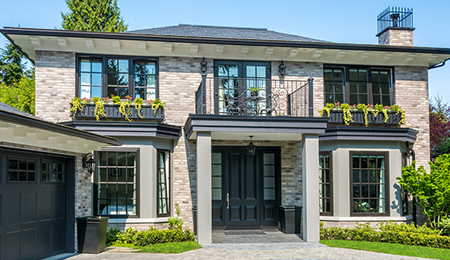After the housing market crashed in 2007, things went downhill fast and they stayed that way for a long time. Countless Americans suffered distressed sales with many losing their homes – while lenders tightened up their lending practices in light of subsequent mortgage scandals.
But it seems that all of a sudden things improved and 2012 is the “it” year when things finally turned around. In fact, for many local markets this has been an unprecedented year in terms of sales. This year also marks the beginning of an upward trend in prices for many markets too. We are now experiencing the best real estate market that we have had in the past seven years – and here are seven reasons why.
Interest rates are below 3% – a once in a lifetime rate.
Super low interest rates have increased buyers’ buying power by a large amount, allowing them to afford more house than ever before and paving the way for more buyers to be able to purchase their own home. With rates this low, purchasing is the better option as opposed to leasing a home.
Banks are lending money after a long period of slowed-down lending.
After years of tight lending practices, lenders are finally easing up on strict guidelines and have relaxed the minimum requirements needed to apply and be approved for a loan. Where just a few years ago FICO scores below 680 became a challenge, lenders now are willing to approve most borrowers with steady income and a FICO score of at least 640.
Prices in most areas are the lowest they have ever been as a result of our recession.
After a long time, homeowners in many areas are finally seeing their home values begin to trend upward. Some markets are seeing an increasing trend faster than others but overall the real estate market has improved and prices are continuing to stabilize.
Inventory levels are beginning to shrink with the total number of listings down from a year ago.
With sales, sales and more sales on the record, inventory levels have steadily declined during the past year or so. Across the board in almost all marketplaces in the US, there has been a significant decline in the number of available homes on the market. Not only does this cause a spike in demand but it also allows sellers a chance to attain higher list-to-sale ratios.
First-time homebuyers are active in the marketplace, fueling the entire real estate market.
What happens here is that when first-time buyers buy homes, the homeowners that end up buying up move into larger homes. The homeowners of those properties need a place to move to and they end up purchasing more expensive properties. In essence, this results in a positive cycle of activity in the marketplace.
Appraisers are estimating homes at more favorable values.
For a long time appraisers were very reluctant to assign generous values to homes. This was in part due to the gross over-valuation as a result of the pre-2007 housing boom but also appraisers were comparing sold properties from the immediately preceding six months, a time of distress for many homeowners. Today, appraisers are finally being more liberal.
The economy is experiencing a boost, as is typical during an election year.
One aspect of a Presidential election year is that the economy is temporarily given a boost. And this year is no exception. With the Fed actively working to keep interest rates down, jobs reports improving across the country and overall consumer confidence on the rise – these positives are reflected in the housing market.




